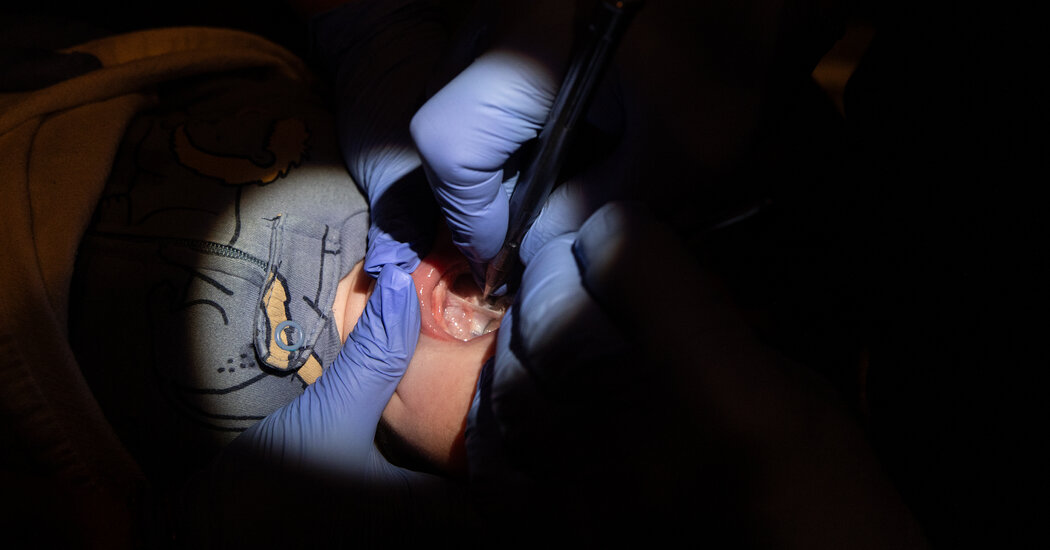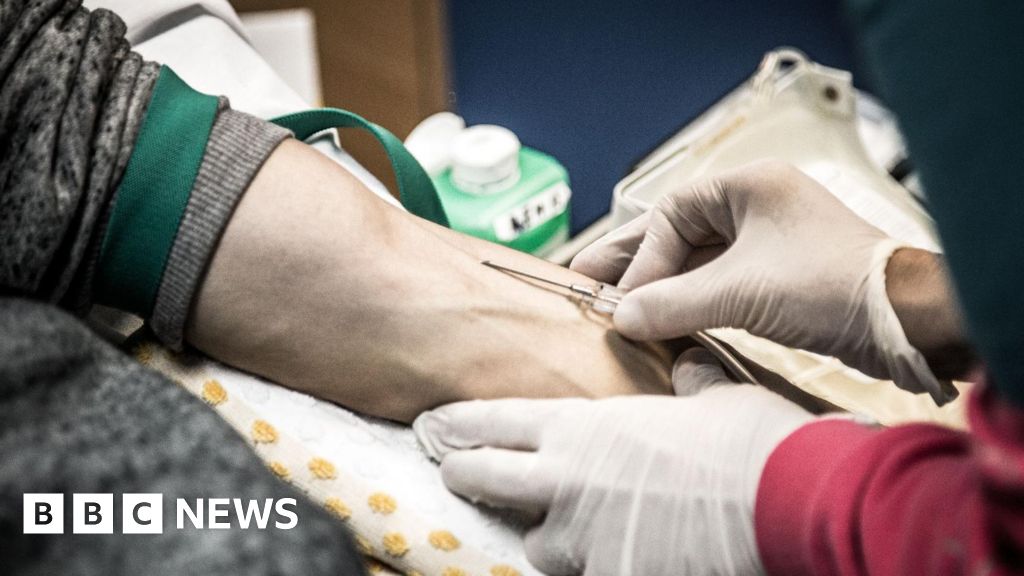Are Electric Cars Worth the Money?
Electric vehicles cost more to buy than gasoline cars, and they may lose value more quickly. Even for people eager to own a car with no tailpipe emissions, it’s reasonable to wonder whether it makes sense to buy one now.The answer may well be yes, but there are a lot of factors to consider, many of which depend on your driving habits and how important it is to you to reduce your impact on the environment. And because electric vehicles are a new technology, there is less certainty than for gasoline-powered vehicles about how the numbers will shake out over time.Here’s what we know.Is battery longevity a problem?Most electric cars haven’t been on the road that long, so it’s hard to say definitively how long batteries will remain usable. Lithium-ion batteries, the kind used in virtually all electric vehicles, do lose range over time.But the degradation is very slow. Electric cars from Tesla and other automakers have software that does a good job of protecting batteries from excess heat or voltage that can cause damage, especially when charging.Federal regulations require automakers to guarantee electric vehicle batteries for eight years or 100,000 miles, though manufacturers interpret that rule in different ways. Most will replace a battery if it loses more than 30 percent of its capacity during the warranty period.One thing to note: Batteries will still work in freezing weather and extreme heat, but their range could be temporarily reduced.We are having trouble retrieving the article content.Please enable JavaScript in your browser settings.Thank you for your patience while we verify access. If you are in Reader mode please exit and log into your Times account, or subscribe for all of The Times.Thank you for your patience while we verify access.Already a subscriber? Log in.Want all of The Times? Subscribe.
Read more →





